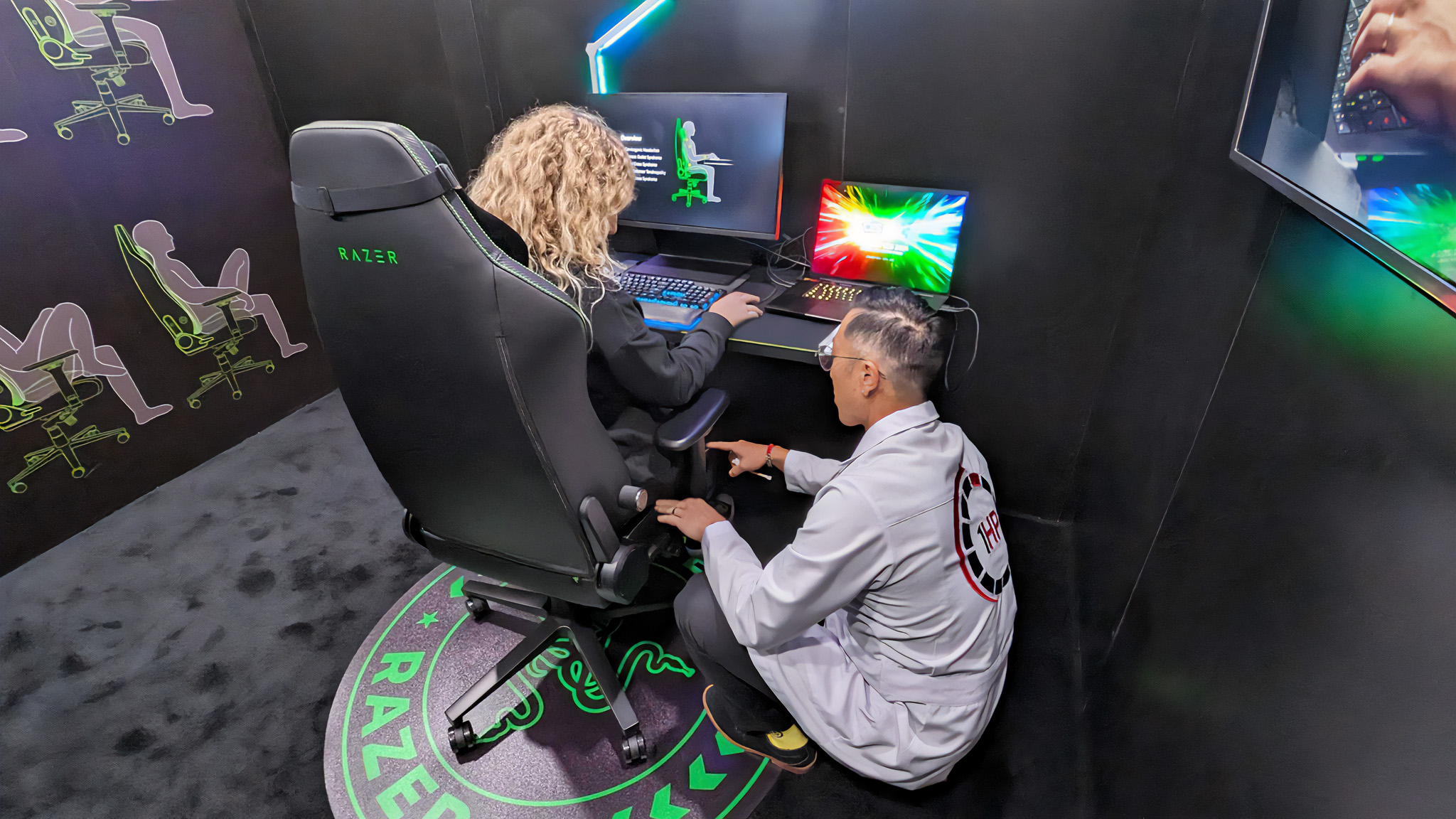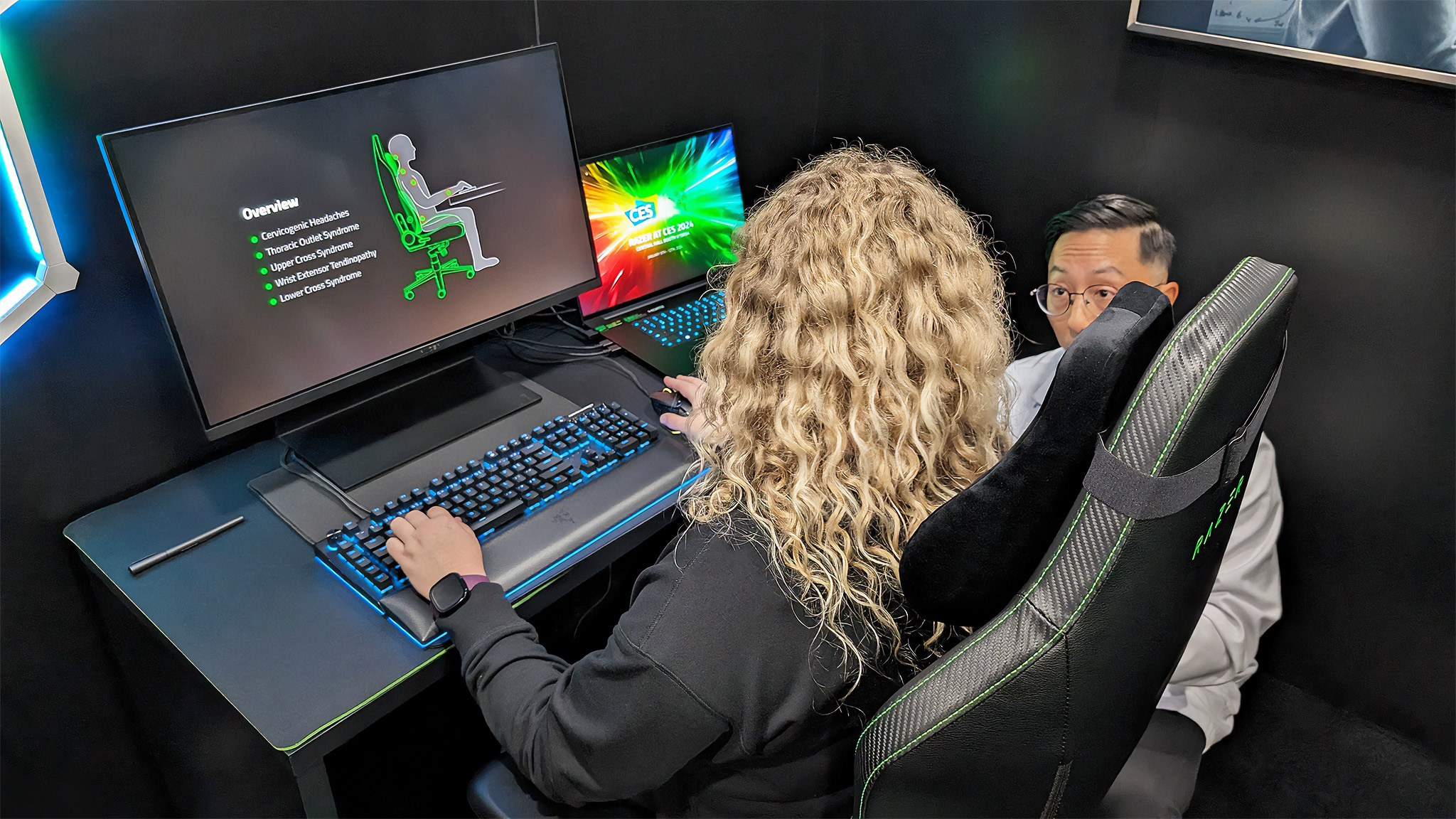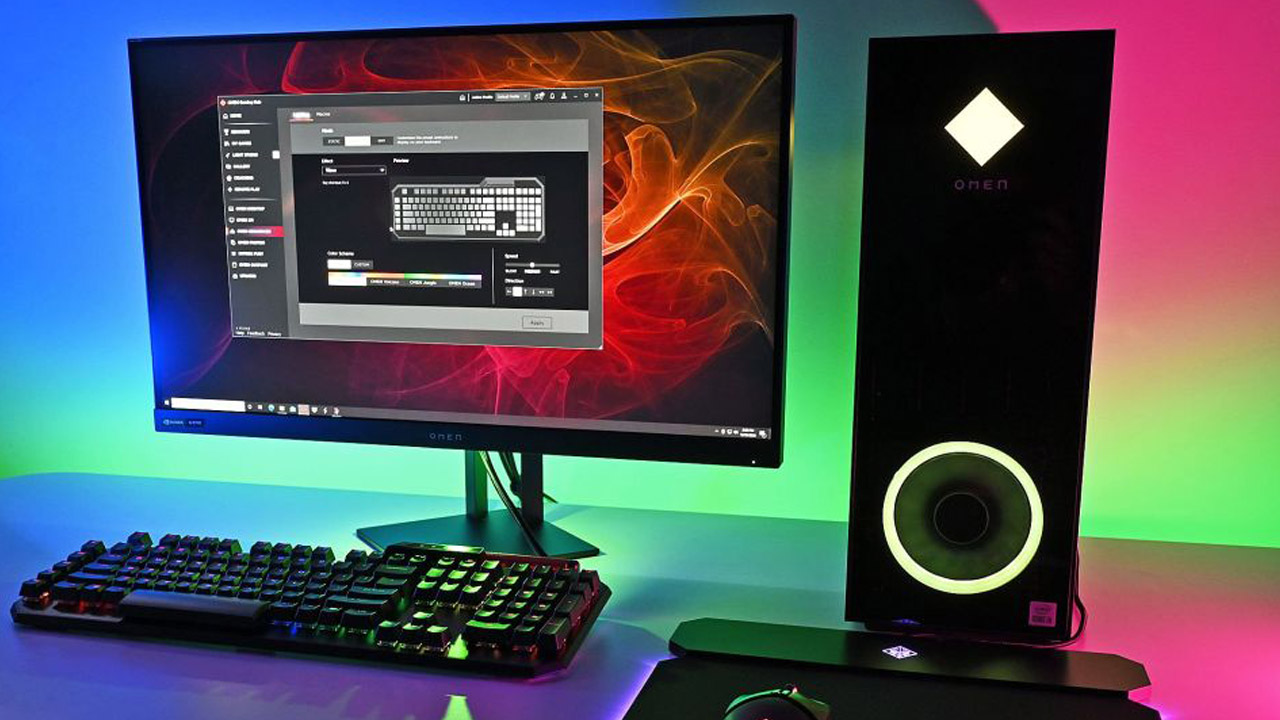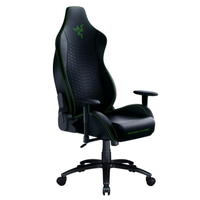You're sitting in your computer chair wrong and it could be causing aches and pains — Thank you Razer and 1HP for showing me the error of my ways
Dr. Matthew Hwu of 1HP partnered with Razer at CES to inform people like me about how proper gaming chair positioning can relieve aches and pains.

During CES this year, Windows Central's Editor-in-Chief, Daniel Rubino, and I had the opportunity to meet with Razer to discuss the company's new Iskur V2 gaming chair — a fantastic seat with adjustable, internal lumbar support that pivots from side to side in order to provide customizable back support even when users shift around in their seat.
Basically, what this means is that the Razer Iskur V2 is designed for more realistic usage, knowing that many people don't sit perfectly straight while at a computer. So, the announcement for the Razer Iskur V2 gaming chair is particularly meaningful news for me, a person who tends to sit with one leg on the office chair while leaning to one side during work and gaming sessions.
As part of this meeting, the good folks at Razer introduced us to Dr. Matthew Hwu, CEO and founder of 1 Health Point (1HP). Dr. Hwu's organization is dedicated to educating people on how to work and play on computers without experiencing pain. This is accomplished by employing better sitting habits, doing specific stretches, utilizing physical therapy techniques, and more.
After some time spent with Dr. Hwu, I realized I'd been sitting in my computer chair all wrong, and you probably have been too. Making some small changes could really help you relieve the aches and pains you may be experiencing.
Gaming chair diagnosis by the good doc

To start things off, Dr. Hwu informed us that the most important aspect of the best gaming chairs wasn't lumbar support (like I thought) but rather the ability to make adjustments to the chair to meet your specific anatomy and lifestyle. He then proceeded to ask us several questions including how long we work at a computer on average each day, how many breaks we take, how long we spend gaming, and if we were currently experiencing any aches or pains.
Being someone who writes for a living, I told him that I tend to spend eight to 10 hours at a computer on the daily and that I also tend to play PC games for around four hours (sometimes more). However, I also had to say that I don't often get up from my seat during that time except once a day to take a one-hour walk. I know, I know. Not the healthiest of habits.
When I further explained that my wrist and forearm have been bothering me for several weeks, he nodded knowingly and told me that this is a common problem for people who stay at their desks for long stretches. Then he informed me that I could find some shoulder and wrist exercises on 1HP's YouTube channel that could help reduce this pain.
Get the Windows Central Newsletter
All the latest news, reviews, and guides for Windows and Xbox diehards.
The good doctor wrote down my answers on a prescription note, then asked me to sit in the Razer Iskur V2 and proceeded to take measurements of my back and leg. He informed me that my feet should be flat on the floor and my legs should go along with the seat cushion so my knees and thighs are parallel to the ground.
After lowering the seat until I was in that position, he also told me that people should have their backrests set between 90 and 120 degrees — in my case, he informed me that 90 degrees was a good placement for my back. Dr. Hwu then asked me to shrug and then drop my shoulders down to their natural resting position, and it was at this height that he set my armrests so they supported my elbows in a relaxed position.
| Aspect | Chair positioning |
|---|---|
| Chair height and feet support | Feet should be flat on the floor with your thighs parallel to the ground. |
| Backrest and lumbar support | It's usually best to set your back rest to 90-120 degrees. Start at 90 degrees and then move it toward 120 degrees as you see fit. If necessary, lumbar support should conform to the natural curvature of the small of your back as well as the cervical support of your neck. |
| Seat angle and depth | Typically, the chair cushion should be parallel to the ground and shouldn't create too much pressure on the back of your knees and legs. |
| Arm rests and seat cushions | Your shoulders should be relaxed with elbows supported. |
As far as the internal lumbar support goes, it should be located at the small of your back. But when it comes to depth, Dr. Hwu informed me that instead of setting the Razer Iskur V2's internal lumbar at a specific pressure and leaving it, I should be adjusting the lumbar depth throughout the day depending on what I'm doing. There was a lot of information to remember, but I believe he told me that it was good to increase the lumbar depth on days when I would be getting up more regularly and to decrease it some when I'm sitting for longer stretches.
The right chair positioning can alleviate pains throughout your body

All of this ergonomic positioning, Dr. Hwu explained, would help reduce and relieve certain aches and pains associated with long computer usage. Unsurprisingly, he also suggested that Daniel and I take more time to get up from our desks each day to walk for a while before continuing our sedentary work. With the help of frequent movement, specific stretches, and proper ergonomic chair positioning specific to your anatomy, you can reduce pain in the back, neck, legs, and arms.

- Best PC gaming accessories
- Best gaming monitors
- Best gaming desktops
- Best gaming laptops
A few days after this experience, I returned home and was curious to see how far off my personal gaming chair (see our AndaSeat Kaiser 3 review) positioning was from Dr. Hwu's recommendations. Turns out, everything needed to be adjusted to lower positions since my chair's height, armrests, and internal lumbar support were all too high for my personal anatomy. I also lowered my internal lumbar support, which admittedly does feel a lot better. Since making these changes, I have noticed a reduction in my wrist pain and random ankle pain that I sometimes experience after working for long hours.
If you're someone who works at a desk or plays games for long periods, then I highly recommend you take a look at Dr. Hwu's 1HP videos and make the appropriate changes to your computer chair setup. Of course, using a cheap chair that doesn't have the best build or adjustment options won't help you much. So, if you're in need of a new office chair or gaming chair then it might be worth considering the new Razer Iskur V2, with its more practical lumbar support. Your back and body will thank you.
Razer Iskur V2: See at Razer
The latest iteration of the Razer Iskur gaming chair offers internal lumbar support that can be adjusted horizontally and vertically. What's more, the whole lumbar area pivots from side to side to meet your back's needs even when you've shifted in your chair. It's a gorgeous, durable chair that looks good and will last you a long time.

Self-professed gaming geek Rebecca Spear is one of Windows Central's editors and reviewers with a focus on gaming handhelds, mini PCs, PC gaming, and laptops. When she isn't checking out the latest games on Xbox Game Pass, PC, ROG Ally, or Steam Deck; she can be found digital drawing with a Wacom tablet. She's written thousands of articles with everything from editorials, reviews, previews, features, previews, and hardware reviews over the last few years. If you need information about anything gaming-related, her articles can help you out. She also loves testing game accessories and any new tech on the market. You can follow her @rrspear on X (formerly Twitter).
-
gojtron So fixing the chair you have is better than buying a new one, got it. Take the small wins and stop hurting yourself is the lesson here.Reply -
Daniel Rubino Reply
Well, that presumes your chair is adequate at being comfortable and supporting good posture. Both of Razer's chairs (Iskur and Enki) are some of the most comfortable chairs I've used (Enki, especially, as I can still sit all day without pain points).gojtron said:So fixing the chair you have is better than buying a new one, got it. Take the small wins and stop hurting yourself is the lesson here.
But even with the best chair, HOW you sit in it still matters, which is what this article is about. -
sephirostoy The lesson I learned these past years: if you want to sit well, don't buy a gaming chair, buy an ergonomic chair.Reply
The former have just followed the "gaming" trend for several years, while the latter have been specifically designed to reduce back pain.
If you really want to go for a gaming chair, choose for the ergonomic first, then choose the design after, not the other way around.
Remember, you have only one back. -
naddy69 "You're sitting in your computer chair wrong..."Reply
First of all, no I'm not.
Second, I don't have a "computer chair". I have a desk chair.
Third, I am not sitting wrong in my desk chair. Nor am I sitting wrong in my reclining chair. Or my couch. How does one sit in a chair "wrong"?
Fourth, I don't need a $700 desk chair.

